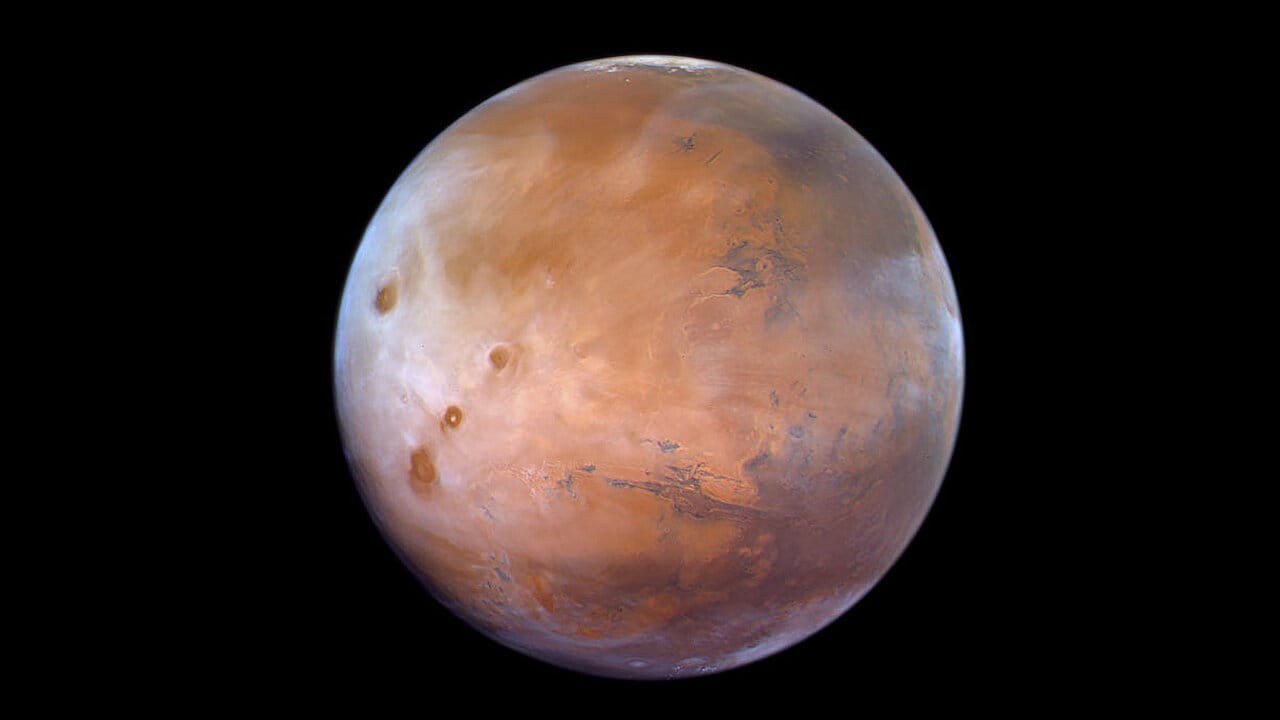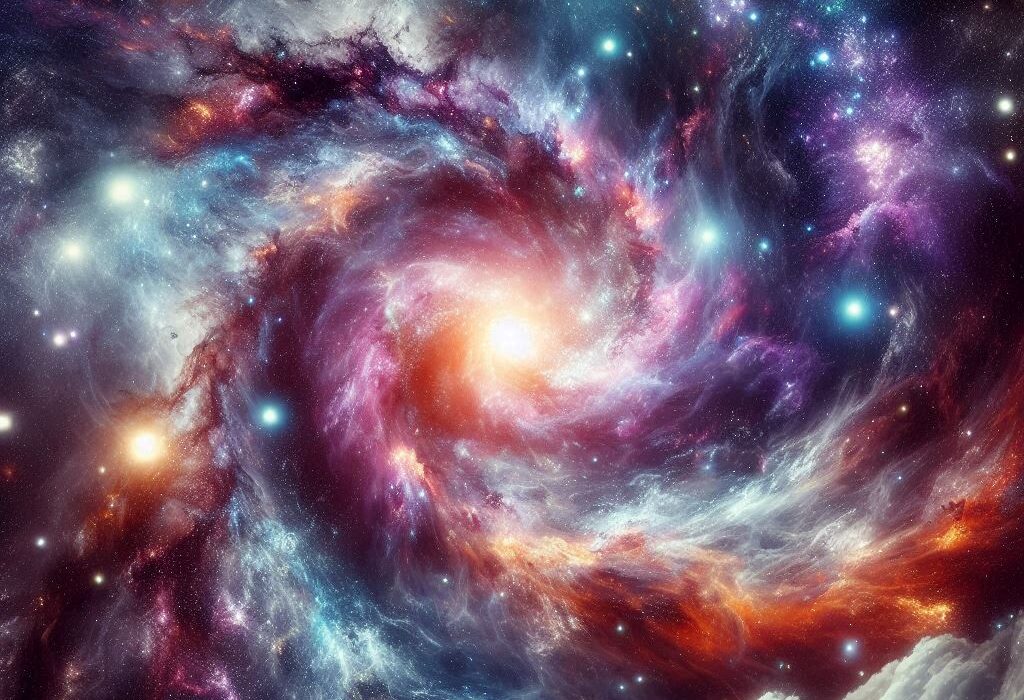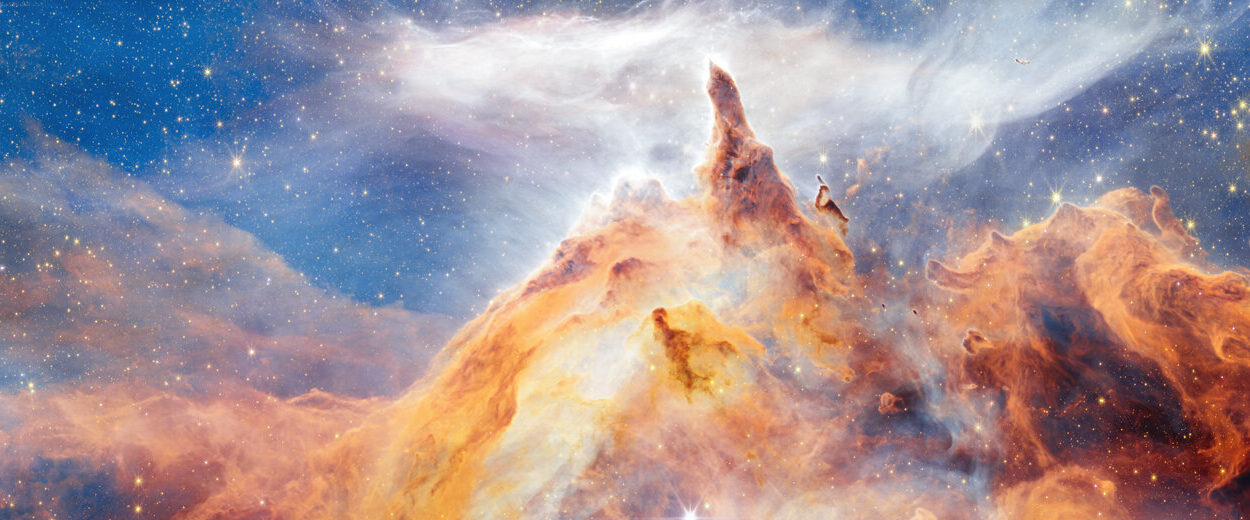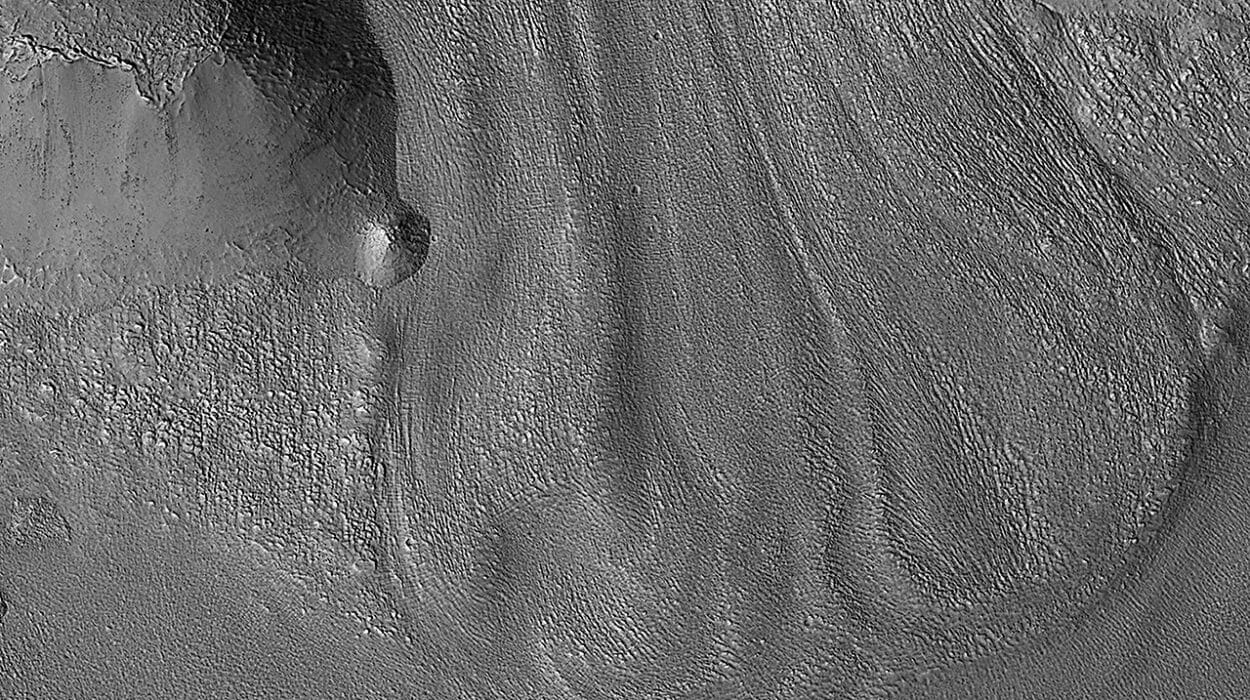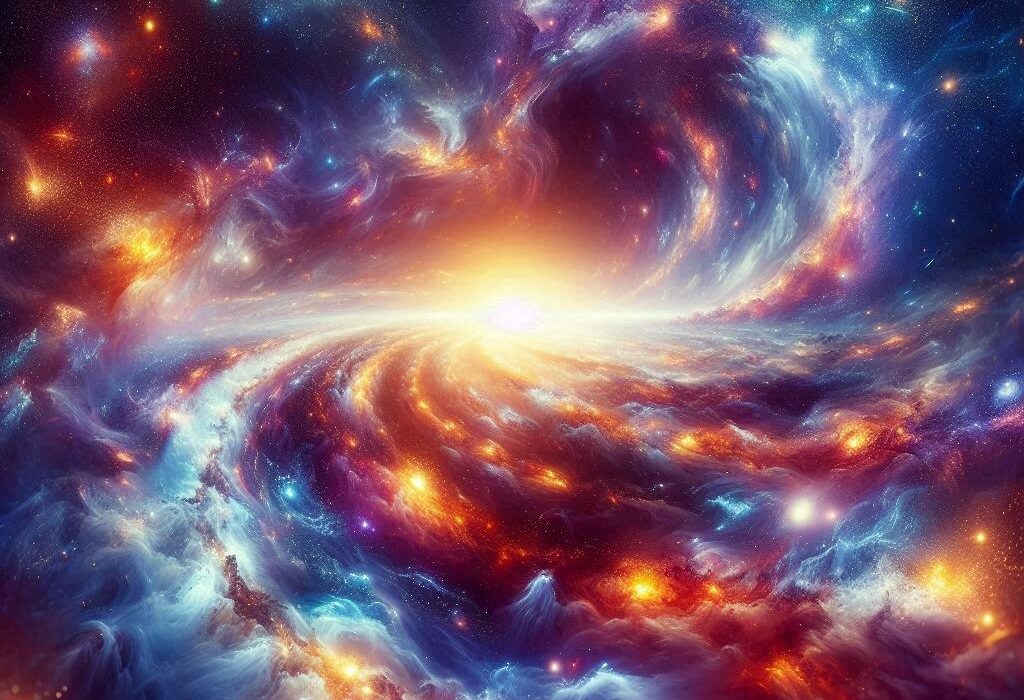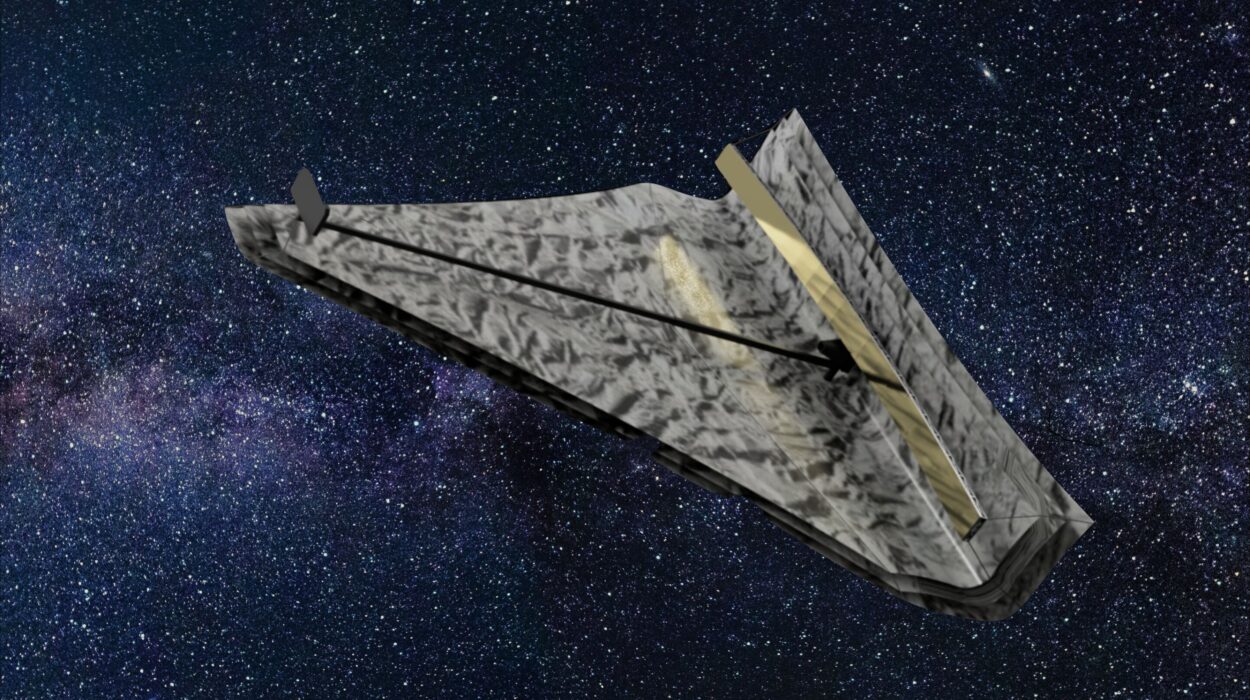Some cosmic stories sound almost too wild to be real — yet nature often outdoes our imagination. Astronomers have now witnessed what may be one of the most dramatic stellar endings ever recorded: a massive star exploding while attempting to consume a black hole companion.
The extraordinary find, which could explain one of the strangest stellar explosions on record, comes from an international team led by researchers at the Center for Astrophysics | Harvard & Smithsonian (CfA) and the Massachusetts Institute of Technology (MIT). The results, recently published in The Astrophysical Journal, reveal a stellar death not just shaped by gravity and nuclear fire — but by the ultimate cosmic predator.
“This is the strongest evidence we’ve seen that a black hole’s close approach can actually detonate a star,” said Alexander Gagliano, the study’s lead author and a fellow at the NSF Institute for Artificial Intelligence and Fundamental Interactions.
An Explosion Caught in Real Time
The story begins in July 2023, when the Zwicky Transient Facility detected a bright new light in the sky — an apparent supernova now named SN 2023zkd. But this wasn’t any ordinary detection.
The object was flagged instantly by a new AI system designed to scan for unusual cosmic explosions in real time. That early warning gave astronomers a precious advantage: they could begin follow-up observations almost immediately, both from powerful ground-based telescopes and from observatories in space.
This rapid response turned out to be critical. By the time the explosion’s light faded, astronomers had captured a complete record of its behavior — before, during, and after the star’s final outburst.
A Deadly Orbital Embrace
The team’s leading interpretation paints a vivid picture of the star’s last years. A massive star, millions of times larger than Earth, was locked in a tight orbit with a black hole — a remnant of a once-massive companion star that had already collapsed.
Over time, gravitational interactions between the two drained energy from their orbit, bringing them ever closer. As the black hole skimmed the edge of the giant star, its immense tidal forces began stripping away the star’s outer layers.
The stress may have pushed the star beyond a tipping point, triggering a runaway collapse in its core — and setting off the supernova. Alternatively, the black hole might have shredded the star entirely before it could explode, with the resulting debris heating up and lighting the surrounding gas.
In both scenarios, the outcome is the same: a catastrophic flash, a single larger black hole, and the violent dispersal of stellar material across space.
A Supernova With a Twist
At first glance, SN 2023zkd looked like a typical supernova — a single burst of light followed by a steady fade. But then, it did something unexpected: it brightened again months later.
To make sense of this unusual “double peak,” the scientists dug into years of archival data. They discovered that the system had been slowly brightening for more than four years before the explosion. That kind of long-term pre-explosion activity is extremely rare.
Detailed analysis revealed that this strange light curve was shaped by the star’s complex environment. The first peak came when the supernova’s shock wave slammed into diffuse gas the star had shed in its final years. The second, delayed brightening was caused by the blast wave’s slower collision with a dense, disk-shaped cloud — likely sculpted by the gravitational pull of the black hole companion.
“2023zkd shows some of the clearest signs we’ve seen of a massive star interacting with a companion in the years before explosion,” said V. Ashley Villar, CfA assistant professor of astronomy at Harvard. “We think this might be part of a whole hidden class of explosions that AI will help us discover.”
Black Holes, Binary Stars, and the End of Stellar Lives
Most massive stars in the universe are born with companions. These stellar pairs can interact in complex ways — exchanging mass, stripping each other’s atmospheres, or spiraling together in a final merger.
But catching one in the act of such extreme interaction just before a supernova is almost unheard of. That’s partly because these events are rare, and partly because their most revealing stages happen quickly, fading into cosmic history before astronomers can react.
This is where modern AI tools and next-generation telescopes are changing the game. In this case, a machine learning system recognized the unusual nature of SN 2023zkd early enough for astronomers to assemble a complete timeline.
“We’re now entering an era where we can automatically catch these rare events as they happen, not just after the fact,” said Gagliano. “That means we can finally start connecting the dots between how a star lives and how it dies.”
What Comes Next
Located about 730 million light-years from Earth, SN 2023zkd is far beyond our galaxy, but its story is helping astronomers understand the intimate — and often violent — relationships between massive stars and black holes.
The upcoming Vera C. Rubin Observatory, set to survey the entire sky every few nights, will make such discoveries far more common. Combined with AI-driven alerts, astronomers will be able to identify even more unusual supernovae and uncover the hidden population of explosions caused by binary interactions.
Meanwhile, the Young Supernova Experiment continues to scan the skies with the Pan-STARRS1 and Pan-STARRS2 telescopes, focusing on catching supernovae in their earliest stages.
For SN 2023zkd, the violent end has already come. But for astronomers, it’s just the beginning — a rare glimpse into a cosmic struggle between a dying star and the black hole that ultimately claimed it.
And somewhere, perhaps in a distant galaxy, another massive star may already be locked in its own death dance, its final performance waiting for the next watchful eye — and the next lucky catch.
More information: A. Gagliano et al, Evidence for an Instability-induced Binary Merger in the Double-peaked, Helium-rich Type IIn Supernova 2023zkd, The Astrophysical Journal (2025). DOI: 10.3847/1538-4357/adea38. iopscience.iop.org/article/10. … 847/1538-4357/adea38

